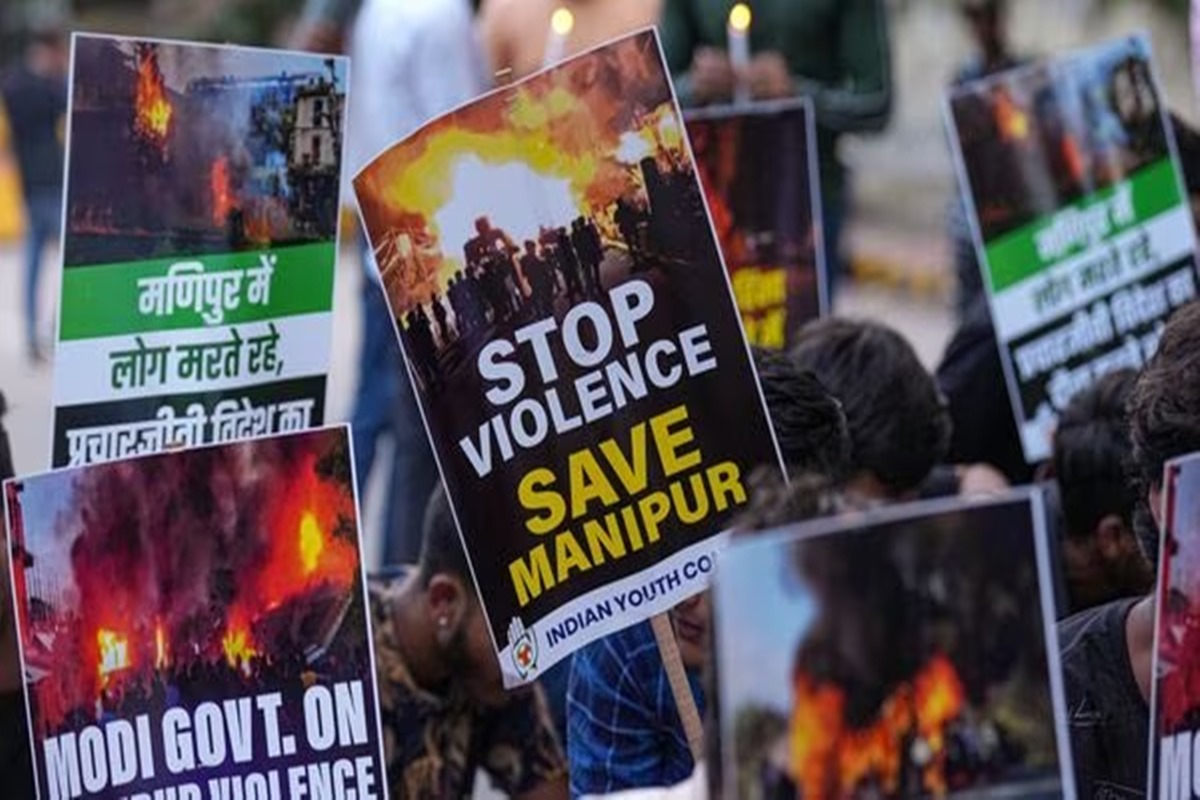Violence in Manipur, which has flared up again, is a stark reminder that the ethnic conflict in the state remains unresolved and continues to cast a shadow. The situation, which began in May 2023, has devolved into near civil war-like conditions, with brutal and violent flare-ups that defy containment. The conflict is a painful reflection of deeper systemic issues in the region ~ specifically, the unresolved tensions surrounding land rights and the historical neglect of tribal concerns.
Despite the Northeast’s integration into the Indian Union over the past 77 years, Manipur remains a region where political, social, and economic fault lines run deep. Its geographical isolation and long history of ethnic strife have made it a unique challenge for successive governments at the Centre. Yet, the latest spurt in violence indicates that more than integration efforts are needed ~ there must be a fundamental shift toward reconciliation, reform, and disarming citizens.
Advertisement
At the heart of the conflict lies the issue of land rights, which has long been a source of tension between the region’s ethnic communities. Land, in this context, represents more than just territory; it is intertwined with identity, culture, and survival. The failure to address these disputes has only exacerbated ethnic tensions, leading to periodic flare-ups of violence. Resolving these disputes requires more than temporary ceasefires or military operations; it demands a long-term political solution that respects the rights and aspirations of all communities.
Reconciliation is the first crucial step. The deeply ingrained ethnic divisions in Manipur will not disappear overnight, but creating a framework for dialogue and mutual understanding can lay the groundwork for lasting peace. This will require the active participation of tribal leaders, civil society, and the state, with the aim of healing the wounds left by years of ethnic strife. Without such efforts, the conflict will continue to fester, leading to further outbreaks of violence. With reconciliation must come reforms. Manipur needs strong administrative measures that address the underlying causes of conflict ~ particularly land disputes and economic marginalisation.
The state must work to ensure that land rights are clearly defined and fairly enforced, preventing future clashes over territory. Economic development must also be a priority, as the region’s sense of alienation is often fuelled by its economic underdevelopment. Lastly, disarming people is essential. The proliferation of arms among various groups in Manipur has only deepened the cycle of violence. A concerted effort must be made to disarm violent factions and provide alternative livelihoods for those who have taken up arms. This requires a combination of military operations to neutralise militant groups and programmes aimed at rehabilitating former fighters. The state has immense potential to contribute to India’s growth and diversity, but peace must first be restored through concrete action. Only then can the wounds of the past begin to heal, and Manipur move towards a future of stability and progress









